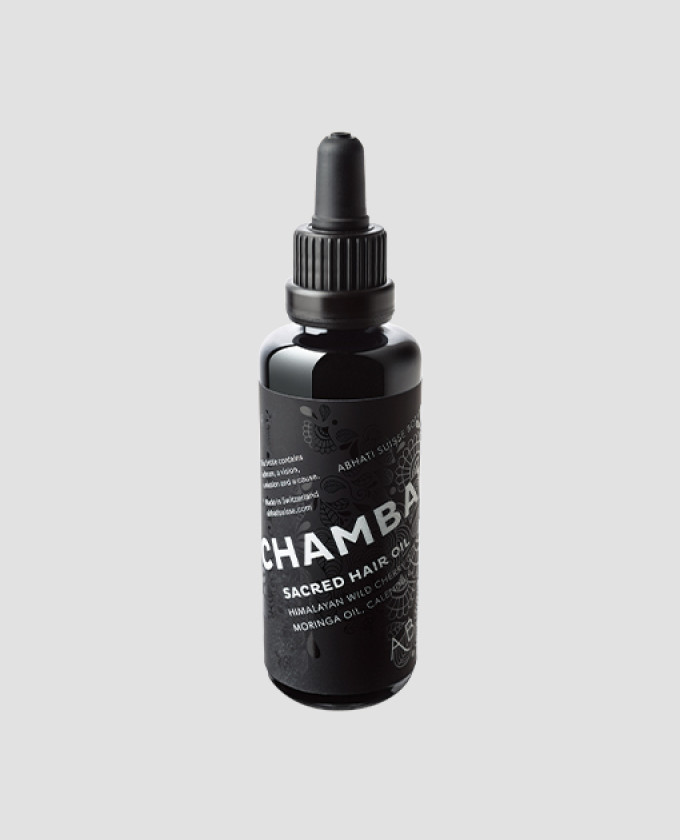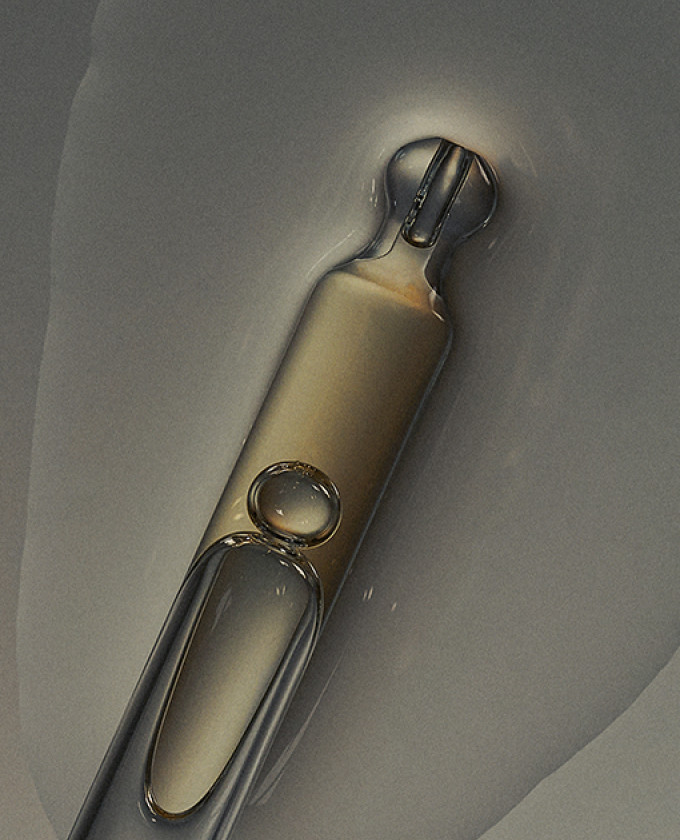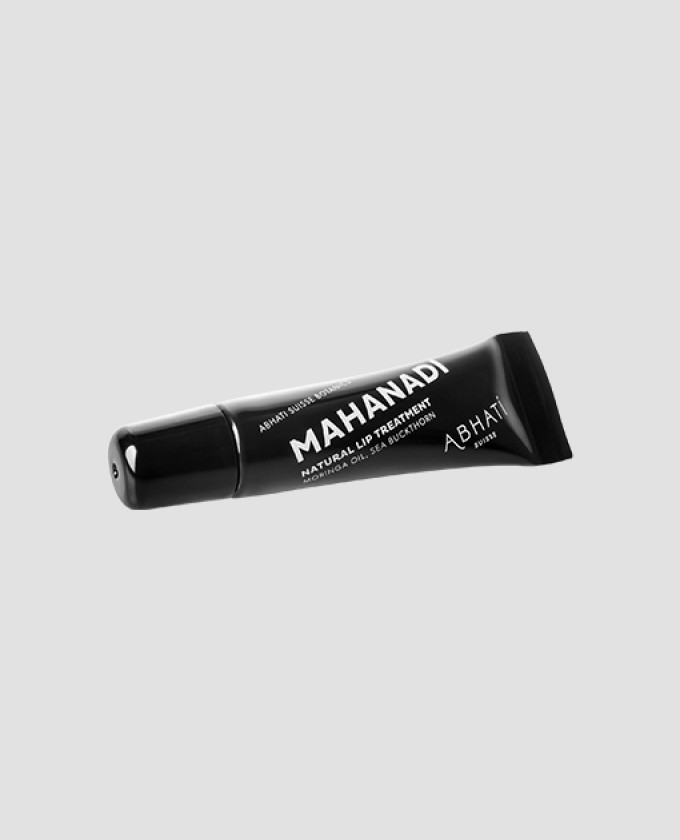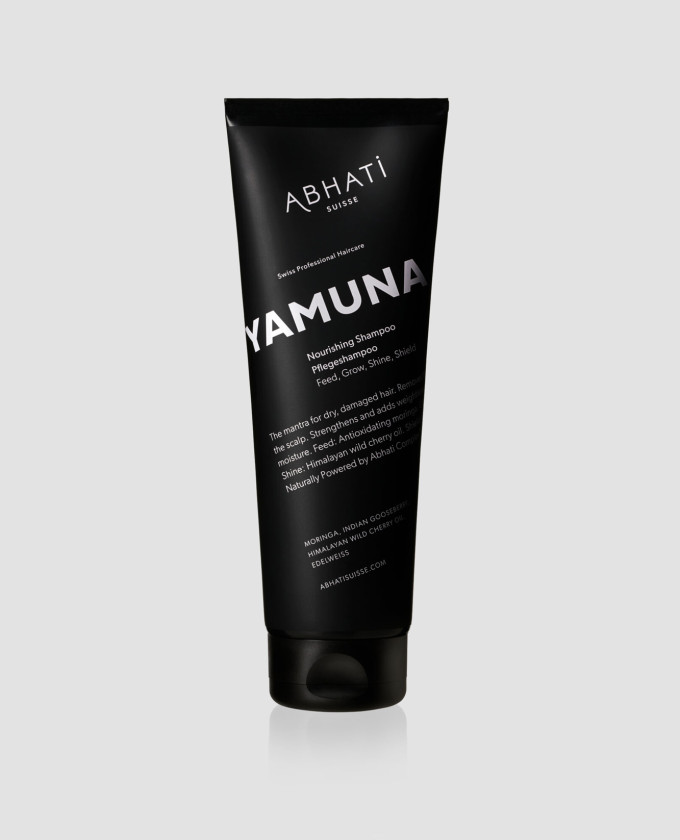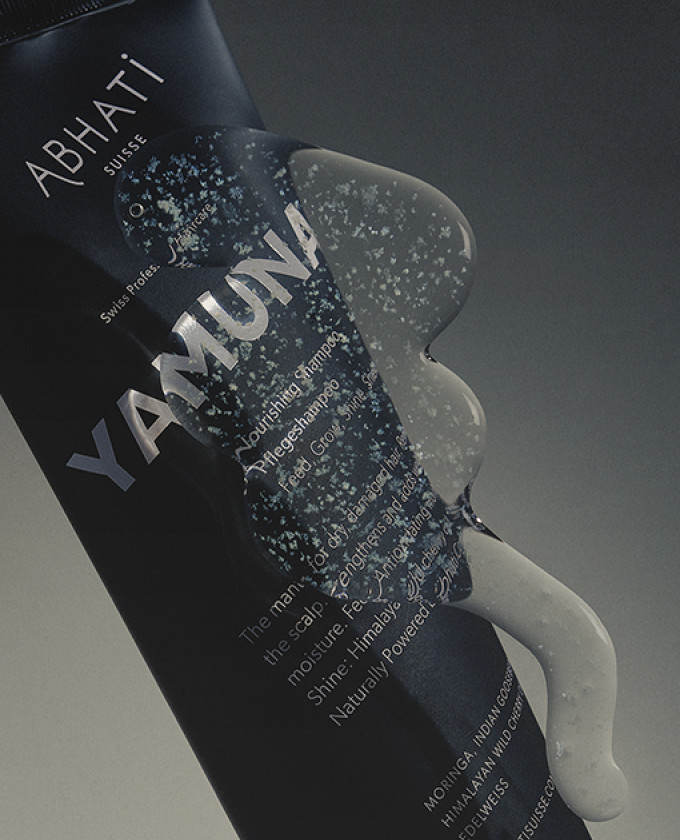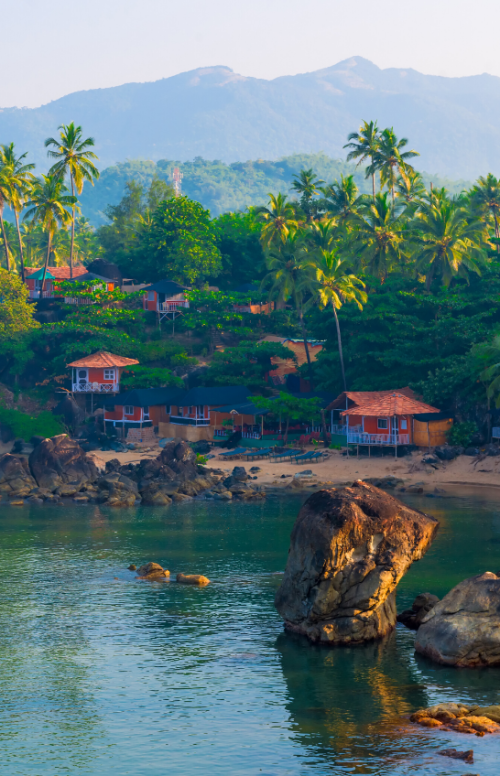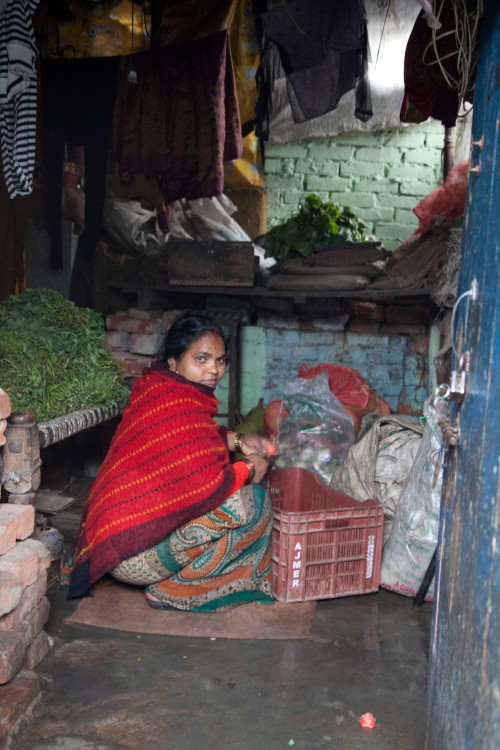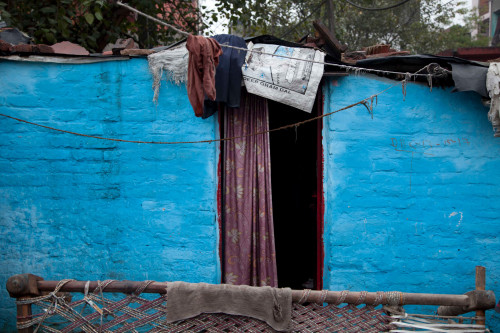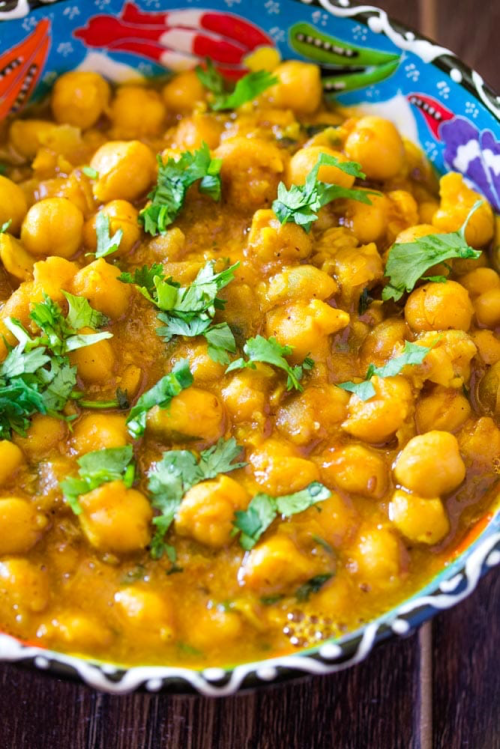What India Can Teach Us About Sustainability
I’ve been thinking a lot lately about what India can teach us about sustainability. That might sound crazy if you’ve seen photos from India of polluted waterways, mountains of trash, and piles of textile waste and chemical runoff from clothing manufacturers. But all of that stems from fast fashion and a corporate disregard for the environment. Indian culture, however, has always practiced inherent sustainability long before it became all the rage in the west.
On my recent trip back home to London to visit my parents, I realised once again how recycling was such an important part of my upbringing. Growing up, we never had Tupperware in our kitchens. Instead, we reused yogurt containers, other glass jars, or leftover biscuit tins.
If it could hold something, we used it to hold something.
When we would picknick—which was often and usually featured a dish like chole bhature (chickpea curry and naan…our family recipe is below)—my mum used to wrap our food in newspaper or even banana leaves if we had some. Back then we didn’t know that certain inks shouldn’t go near food (ignorance is bliss), but it’s one of the many ways my parents brought to the UK the “reduce, reuse, recycle” philosophy inherent to Indian households.
Fast forward to my first trip to India in my 20’s where I witnessed this philosophy in its fullest. Plastic bags washed and reused, newspapers recycled at markets to wrap up fruits and vegetables, and glass and plastic containers never thrown away—always repurposed in new useful ways.
I witnessed households in India using paper for fuel when cooking, and leftovers from restaurants being packaged in newsprint and handed out to people living on the streets. And this was 35-years-ago when “upcycling” and “zero waste” weren’t a part of mainstream western vocabulary or consciousness yet.
So when I started Abhati, it felt natural to me to bring this part of my culture into our business ethos. We initially used recycled plastic (rPET) due to constraints small brands face with packaging, but we’ve since moved on to a bioplastic made from sugarcane for our haircare tubes. And our zero-waste shampoo bars and conditioner are made using upcycled ingredients we source from other manufacturers. The citrus oils we use for our solid products, for instance, are cold-pressed from leftover pulp we get from a juice bar in London.
Our new PEBBLE holder for our collection of solid shampoos and our conditioner is made from 85% bamboo and 15% corn starch, and the coolest part is that it’s fully compostable—once it’s reached the end of its life cycle (about five years with regular use), you can toss it with your food scraps and watch it break down into nutrient-rich soil. And even our combs are crafted from 100% plant-based, recycled acetate we source from Italy.
Our bodycare and skincare are our only products that remain in traditional recycled plastic, but it’s only a matter of time until we find the perfect bioplastic solution for those as well.
And as for the nostalgia of family picknicks with food wrapped in newsprint? Our design team even managed to sneak in a nod to that part of my childhood. In our packaging, Paperlux Studio uses a slanted typography to reflect the recycled newspapers we would wrap so lovingly around food made by my mum. The result is striking and modern, and is for me a lovely reminder of cherished family moments.
And what about your culture? If you have fun memories of your family being sustainable before sustainability was trendy—or if you have clever tips on ways you practice sustainability now—I’d really love to read them. You can always reach me and our team at hello@abhatisuisse.com and share your story of sustainability.
With love, Anju
Punjabi Chole – My Mums Chickpeas Curry
Eat with naan, plain rice or paratha.
INGREDIENTS
To pressure cook:
- 2 cups + 2 tablespoons raw chickpeas or use 2 tins of chickpeas. Faster and no pressure cooker needed.
- 4-5 green cardamom pods
- 4 black peppercorn
- 2 bay leaves
- 1 cinnamon sticks
- 2 tea bags (used for the colour)
- salt to taste
- 5 cups water
For the masala tharka
- 1 tablespoon oil
- 4 cloves
- 2 cup pureed onion from 2 medium onions
- 2 teaspoons ginger-garlic paste
- 2.5 cups pureed tomatoes from 4 medium tomatoes
- 3 teaspoons chole masala
- 1/2 teaspoon red chili powder or to taste
- 1/2 teaspoon paprika powder
- 3/4 teaspoon cumin powder
- salt to taste
To garnish
- 1 tablespoon ghee or oil if vegan.
- 1 inch ginger cut into julienne
- 1/4 teaspoon garam masala (DM me for my mums special mix!)
- 1/2 tablespoon crushed kasuri methi also known as dried fenugreek leaves.
- 2 tablespoons chopped cilantro
INSTRUCTIONS
Soak the chickpeas overnight in enough water to cover them. In the morning, drain the water. I’m a lazy cook and like to use canned chickpeas, so no soaking is required.
In a pressure cooker add the soaked and drained chickpeas, 2 tea bags, bay leaves, cardamom, cinnamon stick, salt and 4 to 5 cups water. Pressure cook on a high flame until you get 1-2 whistles. After that, lower the flame to medium and let the chickpeas cook for another 10-12 minutes.
In a pan, heat 1 tablespoon of oil. Once hot, add cloves and grated onions. Fry the onions until the raw smell goes away and they are light golden brown in color.
Add ginger-garlic paste and cook for 3-4 minutes until the strong smell of ginger-garlic lessens.
Now add the tomato puree, stir and let it cook for 12-15 minutes on a medium-low flame. Cover the pan to prevent the splash all around.
Add the chole masala, red chilli powder, paprika powder, cumin powder, salt and mix for a 1-2 minutes.
Add the chickpeas next and stir well so all the chickpeas are coated with the spices—around 2 minutes.
Add the water (which was used for boiling the chickpeas), cover the pan and let it simmer on a medium-low flame for around 30 minutes. The gravy will thicken after 30 minutes so add water accordingly.
To temper, heat 1 tbsp of ghee or oil in a pan and the ginger julienne to it.
Fry until the ginger is golden brown in color but does not burn them. Add to the chole curry, mix and switch off the flame.
Sprinkle some garam masala, kasuri methi and garnish with chopped coriander leaves.
Serve with roti, paratha or plain rice.
NOTES
Chole masala actually tastes the best the day after you make it because the spices are more fragrant.
Chole freeze well. Let the curry cool to room temperature, and store in an airtight container (which you’ve recycled from something else if you’re an Indian household!) and freeze.
